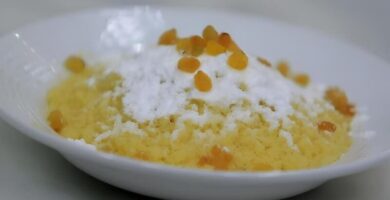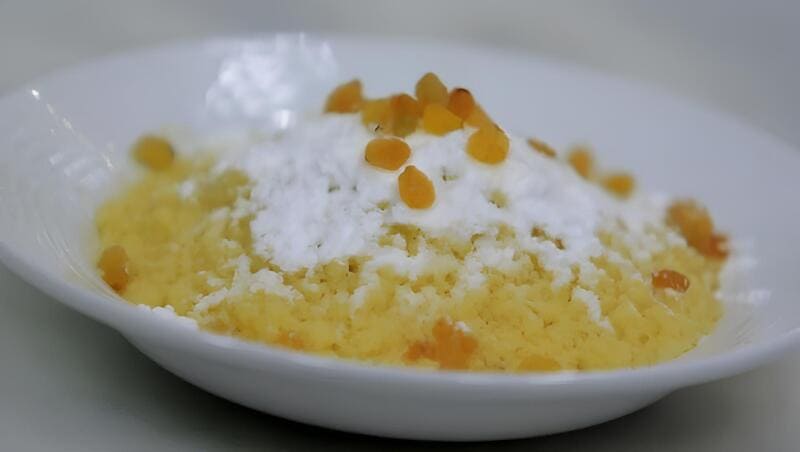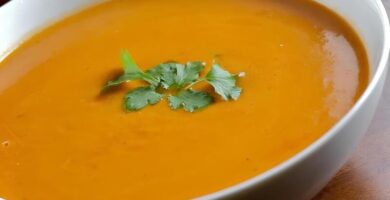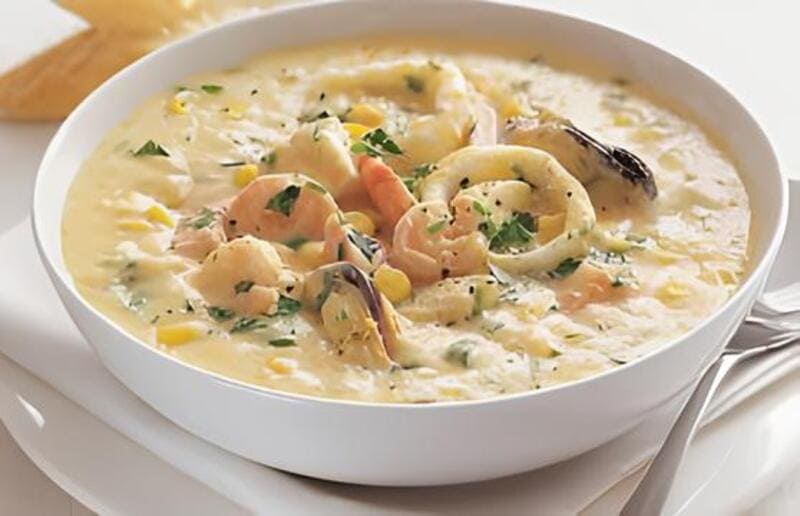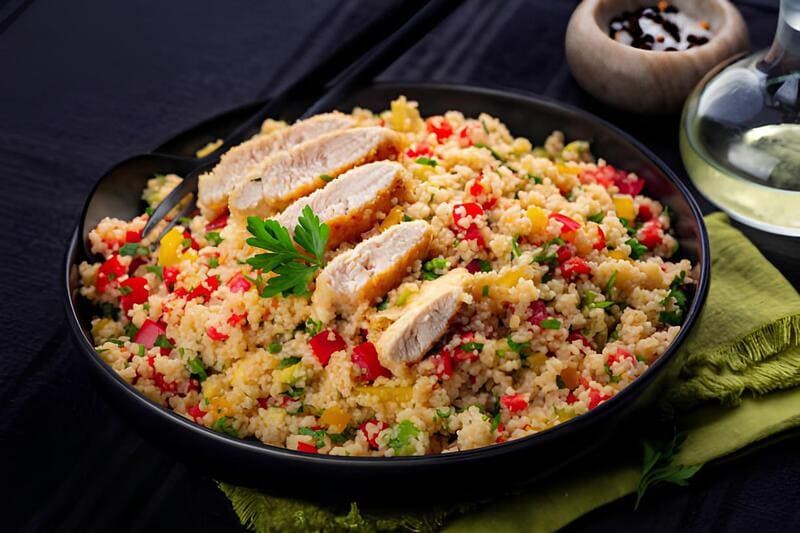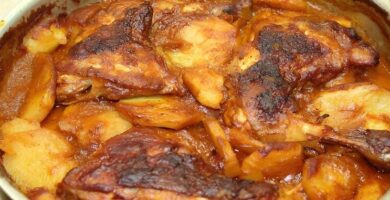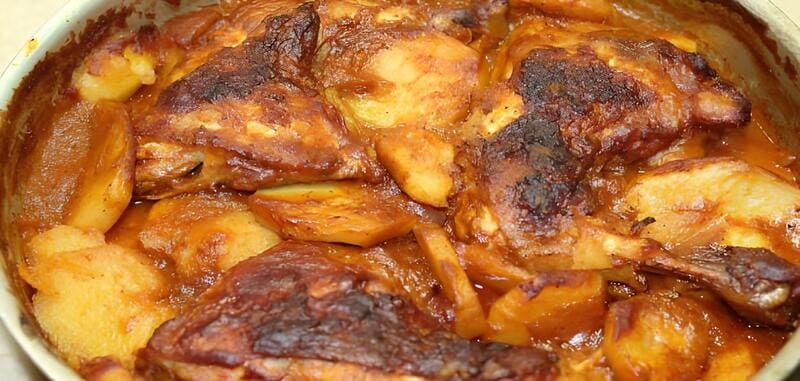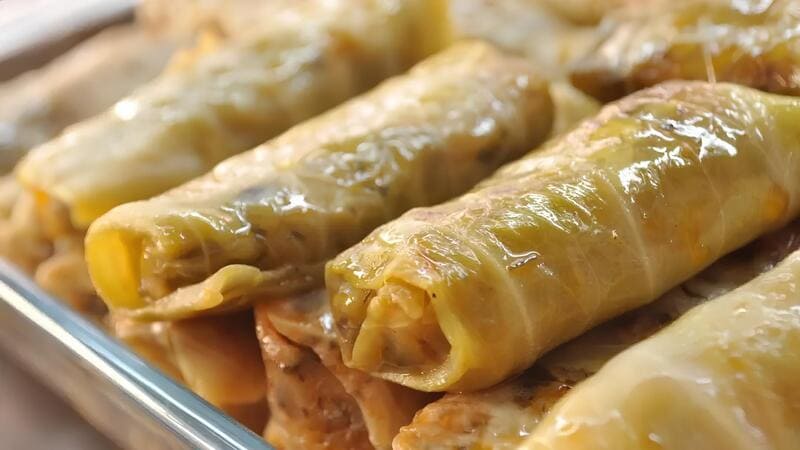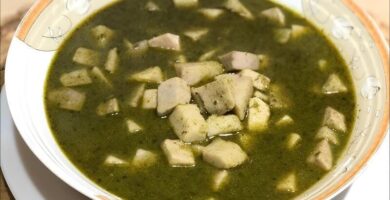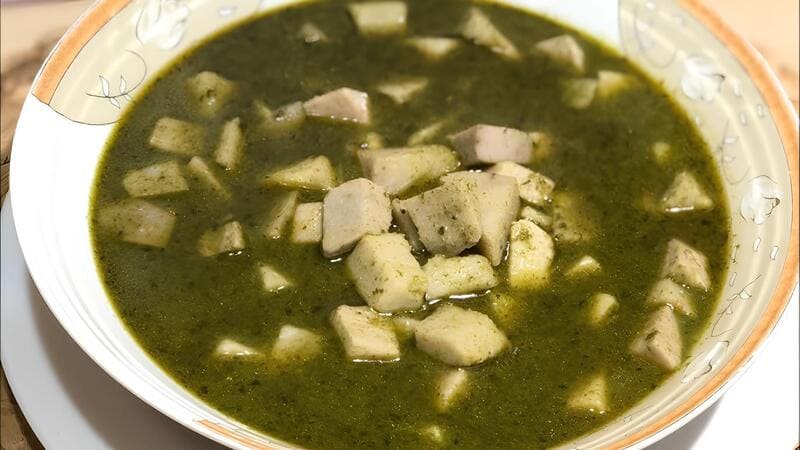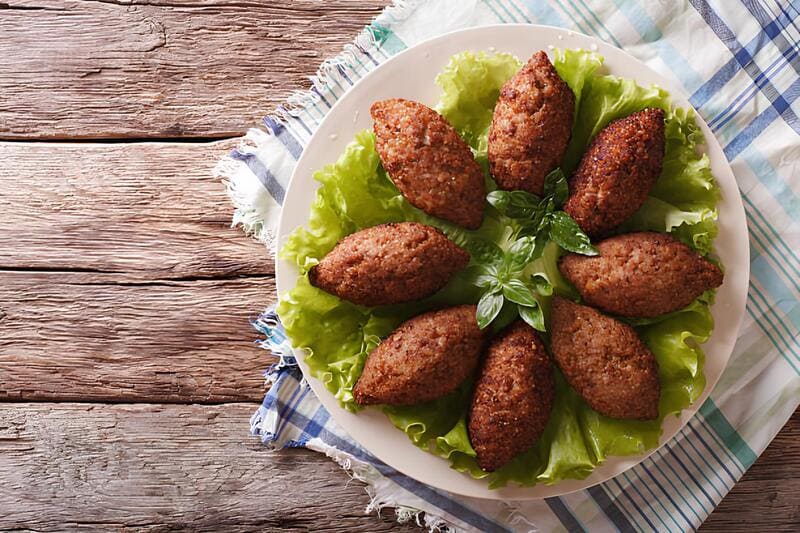
Kobbah, an iconic dish throughout the Middle East, is a culinary delight often enjoyed at celebrations and special gatherings. This particular recipe offers an easy method for making Fried Kobbah, ensuring a perfectly executed dish without the need for a machine. The combination of flavors and textures in this dish is truly exquisite and well-loved by Egyptian families.
Comprised of a bulgur wheat shell encasing a savory meat filling, Kobbah (also known as Kibbeh or Quipe) showcases a harmonious blend of spices and ingredients. The dish not only holds historical significance across Lebanon and Syria but also maintains a cherished spot in Egyptian cuisine. By following this simplified recipe, you’ll discover why Kobbah is considered one of the best traditional foods.
Ingredients
For the Dough:
- 1 ½ cups of fine bulgur
- 2 ¼ cups boiling water (for white bulgur)
- 1 ½ cups flour, as needed
- 1 tsp dry mint
- 1 small spoonful of pepper molasses (or ground red bell pepper)
- 1 tsp marjoram (or lemon zest)
- 1 tsp cumin
- 1 tsp salt
- 1 tsp black pepper
- ½ cup vegetable oil
- 1 tbsp onion powder (or finely chopped onion)
For the Filling:
- 2 tbsp ghee
- 800 grams of minced meat (300g lamb, 500g beef)
- 2 finely chopped onions
- Salt and black pepper
- ½ cup crushed walnuts (optional)
- Pine nuts (optional)
Preparation
- Place the bulgur in a large bowl and pour boiling water over it. Mix well so the bulgur fully absorbs the water. Let it rest until cool.
- In a separate pan, heat ghee and add the minced meat. Stir until the meat’s water dries up.
- Add finely chopped onions to the meat. Sauté until onions are wilted.
- Season with salt and black pepper. Mix well and then remove from heat. Optionally, stir in walnuts or pine nuts.
- For the dough, knead the cooled bulgur with flour, dry mint, pepper molasses, marjoram, cumin, salt, black pepper, vegetable oil, and onion powder. Add flour gradually until the dough is smooth.
- Form a small piece of dough to test. If it holds without cracking, the dough is ready. Refrigerate to make it easier to shape.
- Shape the dough into small ovals, making a cavity to fill with the meat mixture. Seal the edges well.
- Refrigerate the shaped Kobbah for half an hour.
- Heat oil in a frying pan. Fry Kobbah in small batches, starting with high heat, then reducing to medium. Turn pieces carefully to avoid breaking.
- Cook until golden brown and crispy. Drain on paper towels. Serve warm.
Did you know?
Kobbah is not only a culinary staple in Egyptian cuisine but also a treasured dish in other Middle Eastern countries like Lebanon and Syria. This dish’s unique components—bulgur wheat and finely spiced meat filling—are testament to the rich culinary traditions of the region. Bulgur wheat is a key ingredient known for its high nutritional value and is often associated with the ancient grain cuisine of the Levant.
Interestingly, the preparation of Kobbah was traditionally a communal activity, especially in Lebanese and Syrian villages. Families would gather to make large batches, often preparing them in anticipation of celebrations or family gatherings. The versatility of Kobbah is notable; it can be fried, baked, or even cooked in broth for a different texture and taste.
Moreover, the dish has various regional names and versions. Known as Quipe in some South American countries due to migration, it reflects the cultural journey of Middle Eastern communities across the globe. Whether you enjoy it as a snack or a main course, Kobbah stands out as a flavorful testament to rich culinary heritage; well-loved in Egypt for its delicious ease and heartwarming taste.

